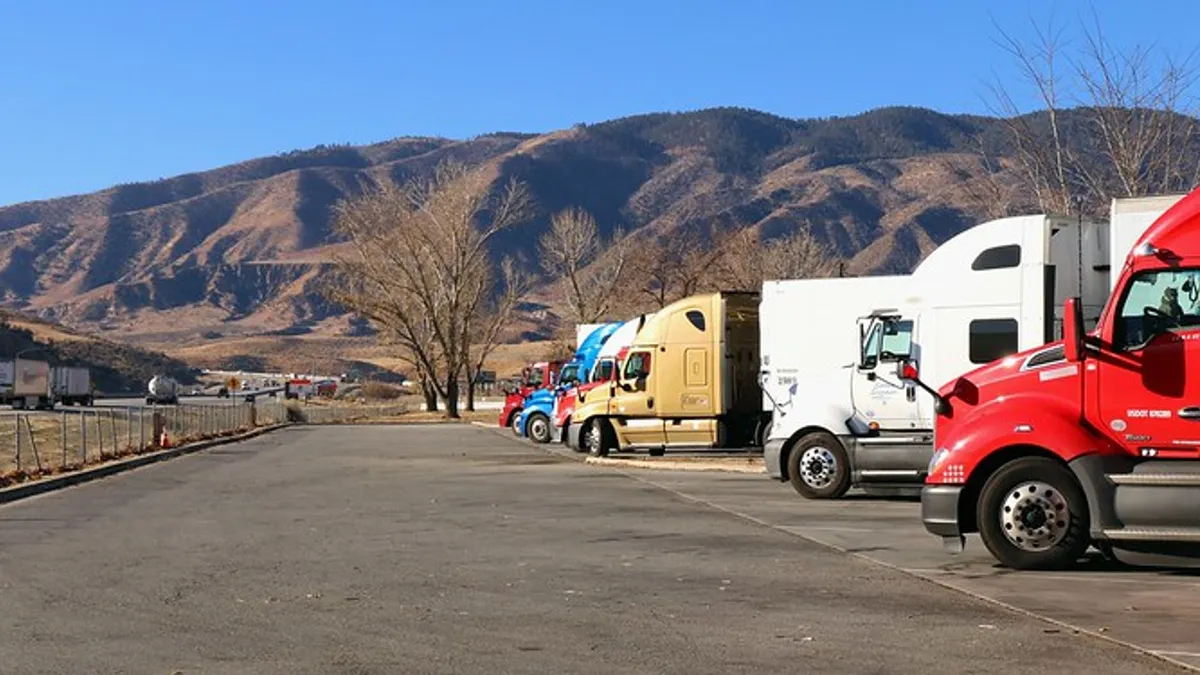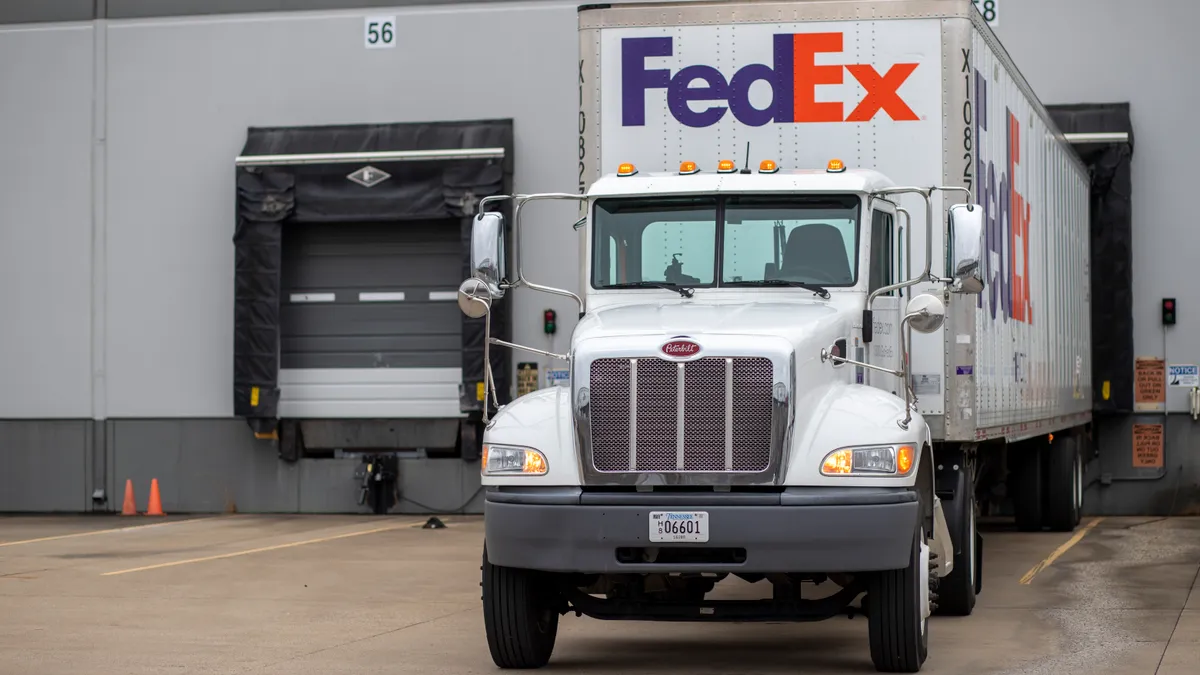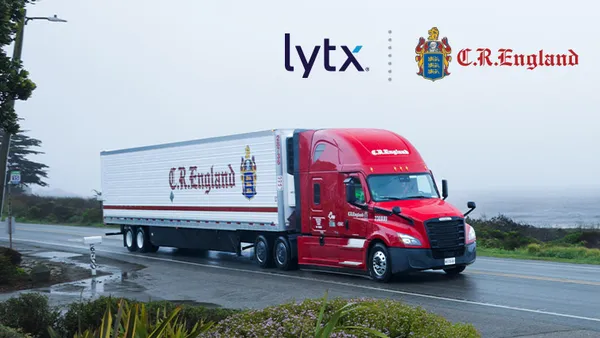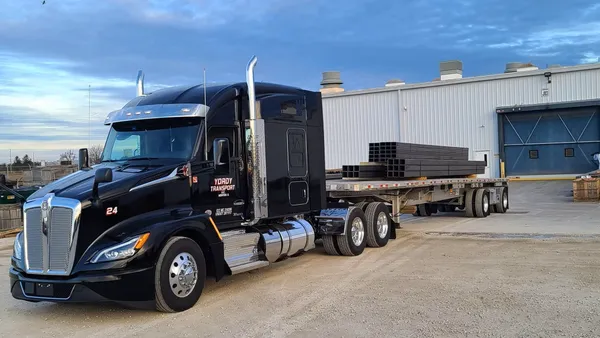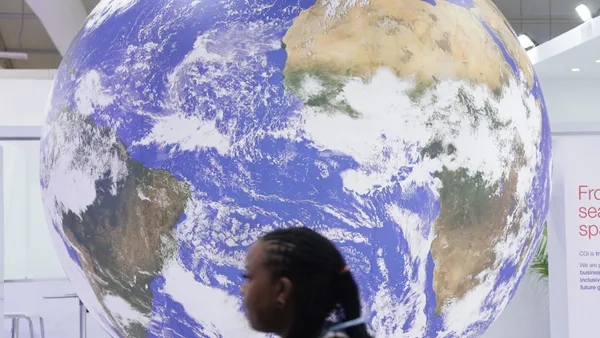Dive Brief:
- J.B. Hunt is facing inflated costs for parts and technicians as its aging fleet requires more frequent repairs, Chief Operating Officer Nick Hobbs said during the company’s Q2 earnings call on July 19.
- The carrier, which strives to replace day cabs every five years and sleeper cabs every four years, will hold trades on 4,000 tractors this year to support replacement needs across the company.
- Hobbs noted that the equipment market remains “extremely challenging,” and that J.B. Hunt is “having to manage intensely around the impact on our operations.”
Dive Insight:
J.B. Hunt has been facing supply issues for months. During an April earnings call, Hobbs said that the carrier was looking at adding new suppliers to help ease OEM component constraints.
One issue across the industry is that build slots have been scarce in recent months, with last month’s Class 8 truck orders down by more than half compared to a year ago. The decline is a result of limited semiconductor, tire and other component supplies, according to FTR Transportation Intelligence.
As a result of the shortages, larger fleets are running vehicles past their trade-in cycles, causing carriers across the board to feel the shortage, experts say.
Other carriers including Werner and Heartland Express have faced similar maintenance cost and equipment availability issues, with Heartland projecting in April that its fleet would continue to age this year as a result of supply constraints.
P.A.M. Transportation Services acknowledged delivery delays forced it to keep equipment longer than previously expected, according to its Q2 earnings report July 28. “Through the first half of 2022, we have only received 30% of our 2022 equipment order but anticipate that the remaining equipment deliveries will be made prior to the end of the year,” the company said in its earnings report.



